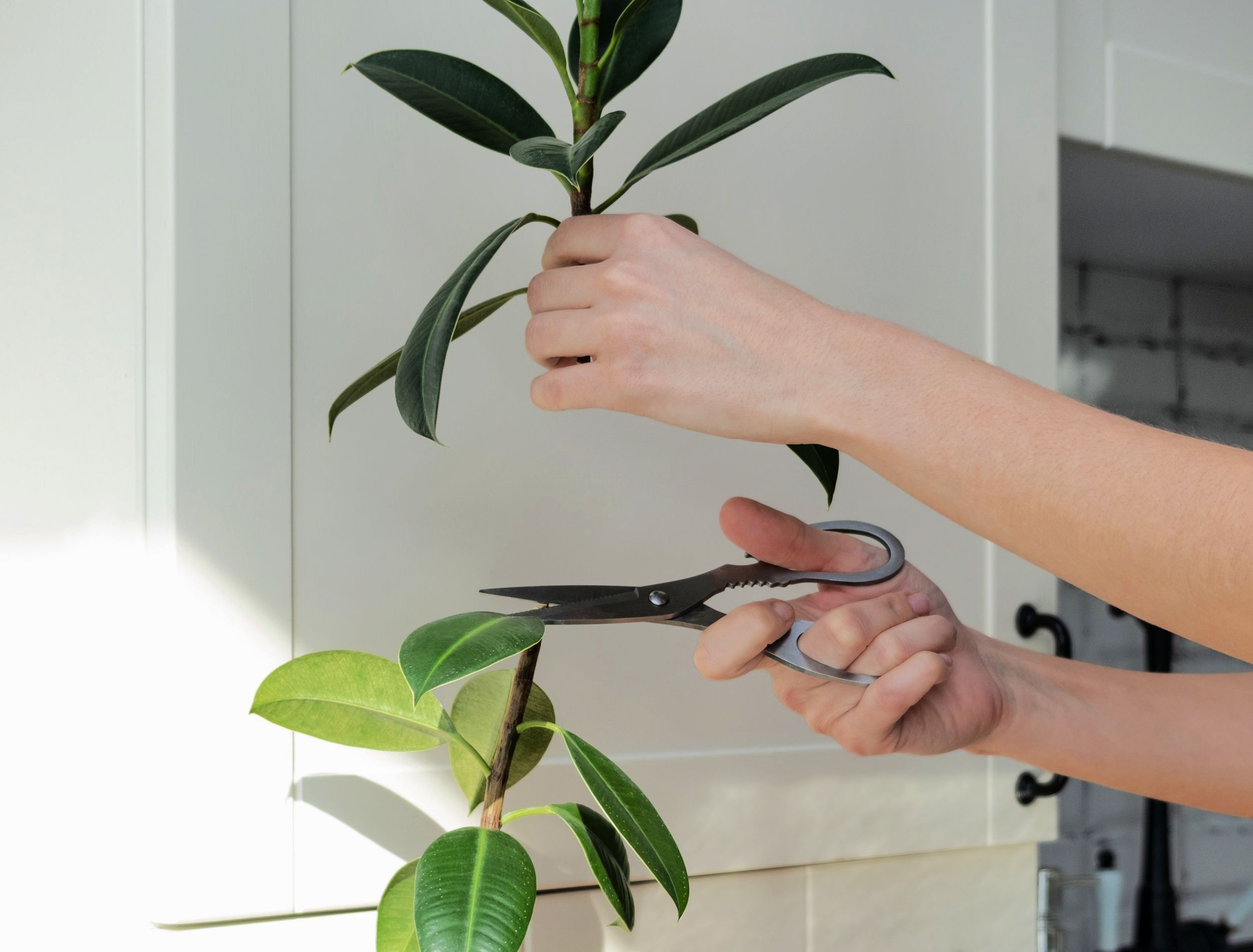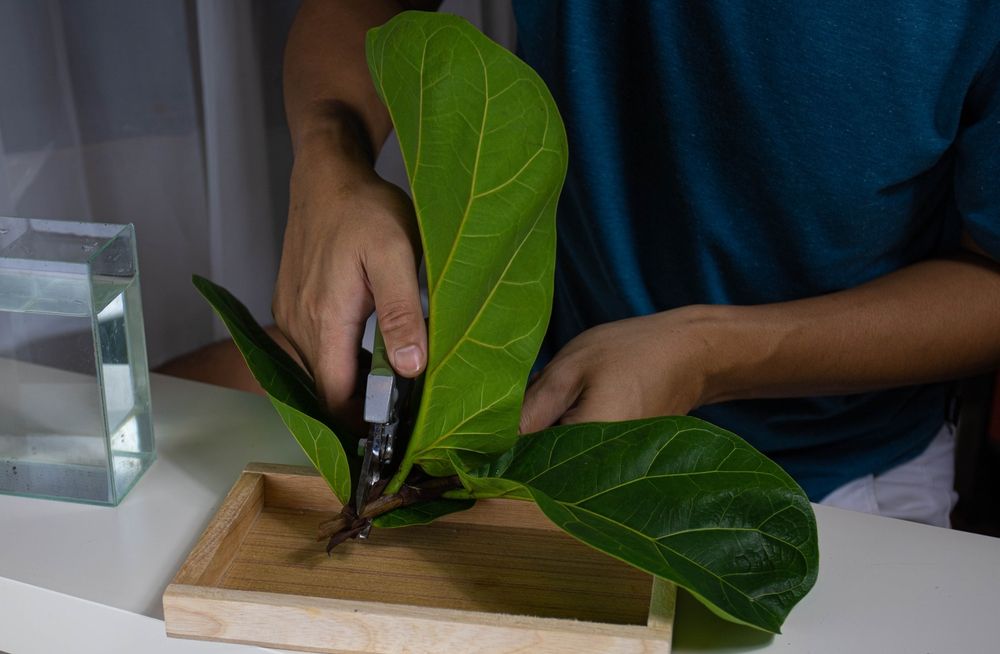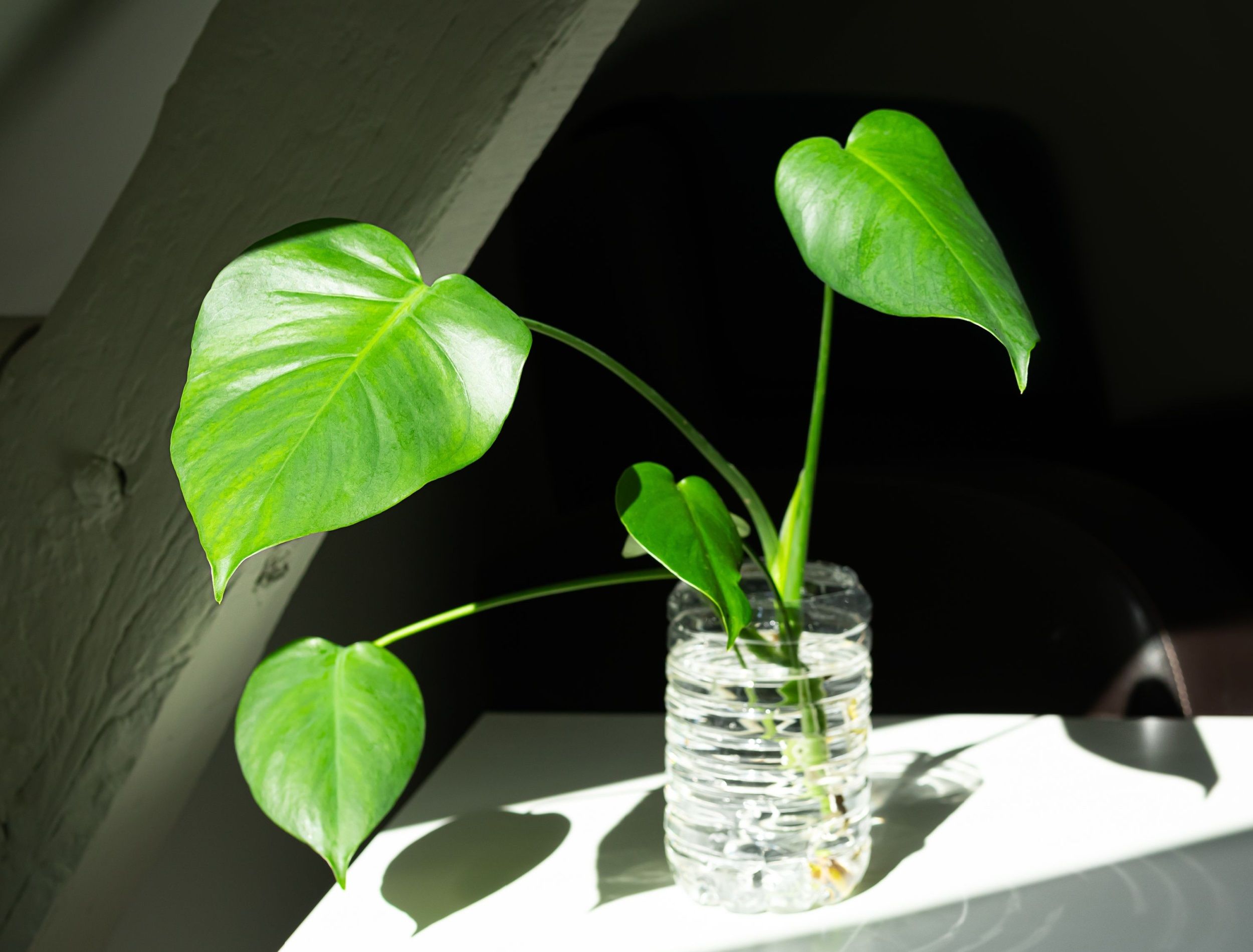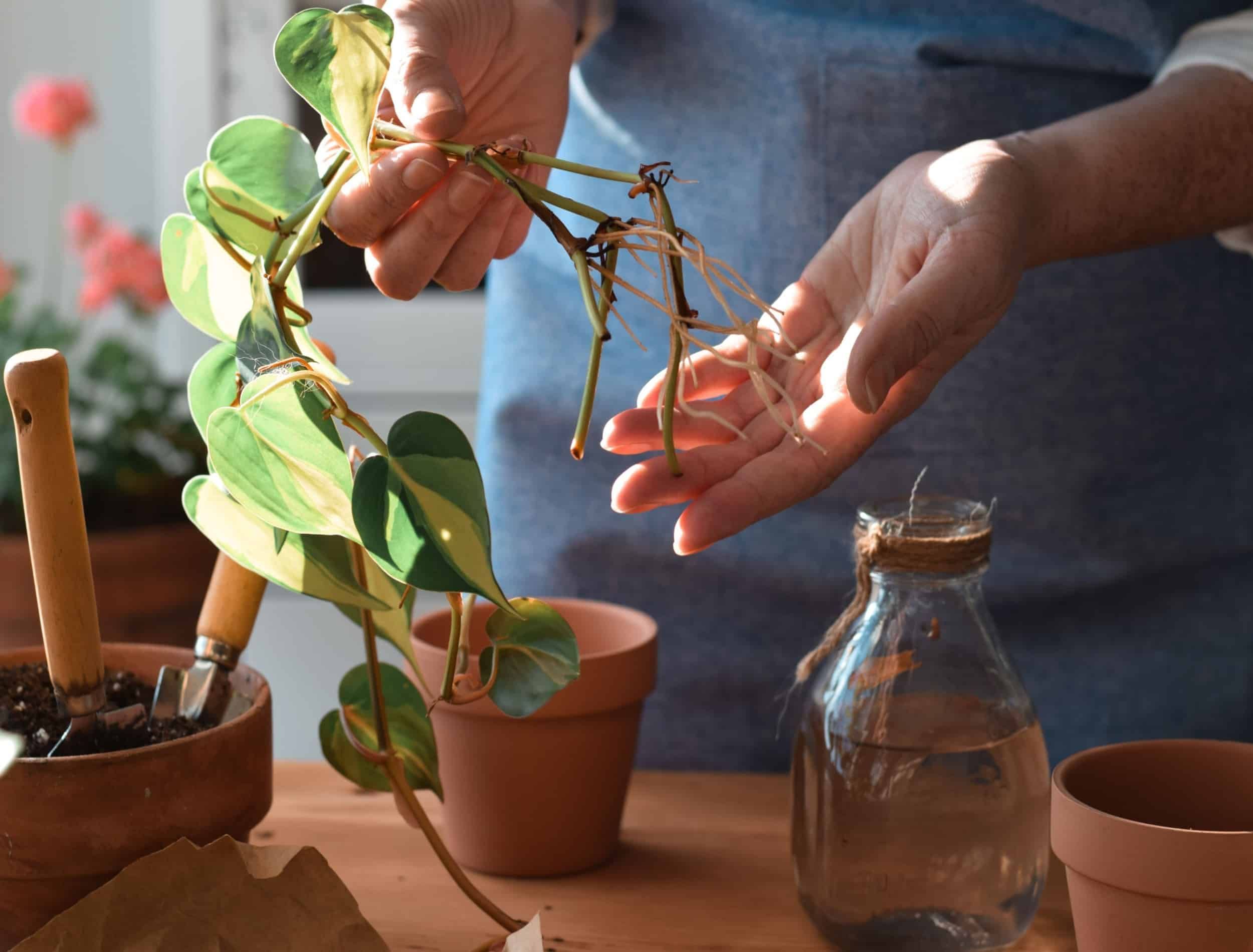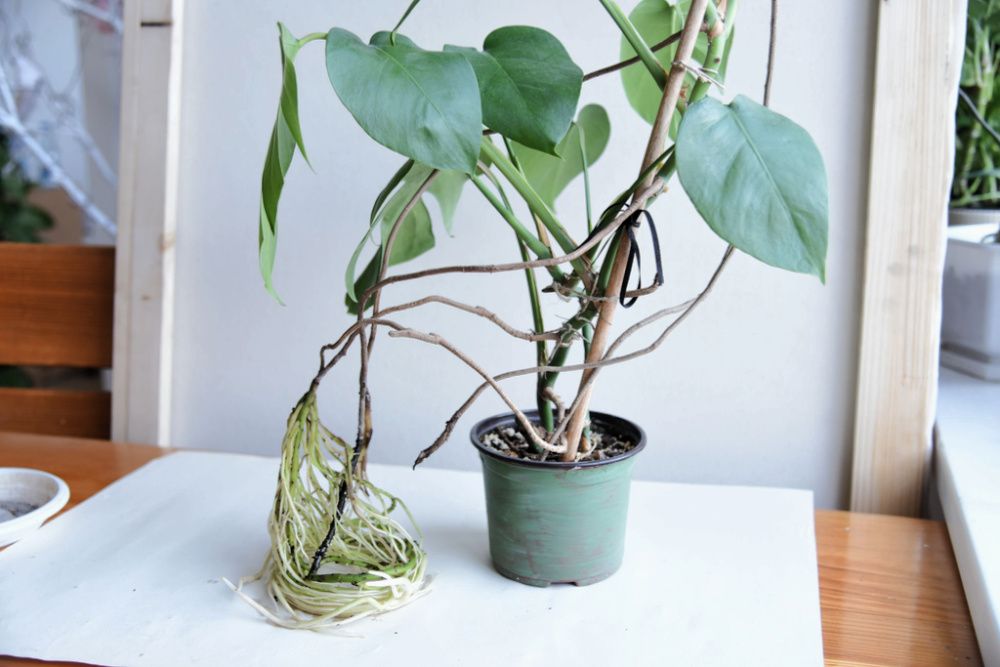Propagation is a great way to increase your plant collection, especially since plants can be expensive and growing from seeds can be time-consuming. You can propagate most plants, including houseplants, herbaceous plants, and shrubs. You can also share propagation cuttings with friends, spreading the plant love. There are many popular ways to propagate plants, but taking stem cuttings is one of the most common.
While cutting a few leaves off a plant and placing them in water or soil might seem simple, several things can go wrong. Learn about five common propagation mistakes that kill your cuttings so you can avoid them in the future.
Using Tools Incorrectly
Image credits: PATHOMRAT PRAERIN via Shutterstock
Using the right tools to take your stem cuttings can play a role in the plant's survival. Unsanitary tools can spread diseases, while blunt tools can damage the original plant and the cutting, making it difficult for the cutting to propagate successfully.
Make sure to use properly cleaned, sharpened pruning shears or scissors. Clean your pruning shears by disassembling them and buffing off any debris and sap with warm water and a cloth. Then, soak them in vinegar to eat away at the rust and scrub off any rust with a wire pad.
Once clean and dry, sharpen your pruning shears by drawing a diamond file along the edge of the blade. Use fine sandpaper to remove any burrs and reassemble the shears. Keep your shears in good condition by wiping them down after every use, applying a general-purpose oil to the blades after use, and storing them in a clean, dry location.
Taking Cuttings Incorrectly
Image credits: Volodymyr Zakharov via Shutterstock
Even using the right tools, there are many other ways you could be taking cuttings incorrectly. First, while you can take cuttings to try to save a plant suffering from root rot or pests, the stem itself should be healthy. Do not take a cutting with yellow, mushy, or dying leaves, as the stem itself likely isn't healthy enough to survive.
Also, do research into the specific plants you are propagating to make sure you are taking a cutting from the right spot. For many tropical plants, like pothos, monstera, and philodendron, you must cut a 2 to 4-inch stem about ¼-inch below the node (part of the stem where leaves emerge). For many trees and some shrubs, like fiddle-leaf figs, hydrangeas, and roses, cut a branch 2 to 6 inches long and 1 to 2 inches in diameter from last year's growth.
Pro Tip: Water the plant the day before you intend to take the cutting so that the cutting contains as much water as possible. Then, place it in the rooting medium immediately to minimize water loss and give your cutting a better chance of developing roots.
Incorrect Lighting
Image credits: t.sableaux via Shutterstock
Cuttings need bright, indirect light to survive since they use energy from photosynthesis to develop roots. Do not expose them to direct light, as this can result in heat damage or plant stress. Too little light can result in a lack of growth or extremely slow growth.
For best results, set up a propagation station dedicated to providing the best life for your propagations. A space with bright, indirect light that is still accessible so you can replace the water easily is best.
Failing to Replace Water
Image credits: JulieK2 via Shutterstock
If you are propagating a plant in water, you need to change the water regularly, at least once weekly. Water has oxygen which is essential to the cutting's root development. The oxygen becomes depleted as algae grows, due to phosphorus and nitrogen, after a few days.
Do not simply refill the water once you notice it getting a bit low. Instead, remove the cutting from the vessel, dump out the water, and fill it with fresh, clean water.
Incorrect Transplanting
Image credits: MilicaKnez via Shutterstock
Another key detail that might be killing your cuttings is transplanting too soon. Transplanting cuttings from water to soil too soon might mean the root system isn't developed enough, and the plant won't be able to properly root in the soil, resulting in death.
Rooting generally takes three to four weeks, though every plant is different. Once the plants develop a root system that is 1 inch long, it is time to transplant. That said, young plants are often susceptible to cold damage, so planting them outside after you have been growing them indoors can shock them.
Instead, place them in a cold frame outdoors first where they can adjust. Open the lid of the cold frame during the day when temperatures are 65 to 75 degrees Fahrenheit. After a week, leave the lid off all day and night, only if nighttime temperatures are 55 to 65 degrees Fahrenheit. By the third week, transplant the cuttings in pots or the garden.
Pro Tip: Ensure the soil stays very moist for one to two weeks after transplanting from water to soil to avoid shocking the plant or depriving it of moisture. After the first week, allow the soil to dry out slightly between waterings if that is what the specific plant prefers. If it requires moisture to thrive, continue to keep the soil moist.
Don't Make These Mistakes!
Successful propagation requires the right tools, techniques, lighting, and maintenance. Fortunately, by knowing how you should cut and care for your cuttings, you should see more success in the future. Keep an eye on your plants before taking cuttings, make sure you use clean tools, and remember to use the right medium and replant when necessary.
Do you know of any other common mistakes when propagating cuttings? Share in the comments below!

